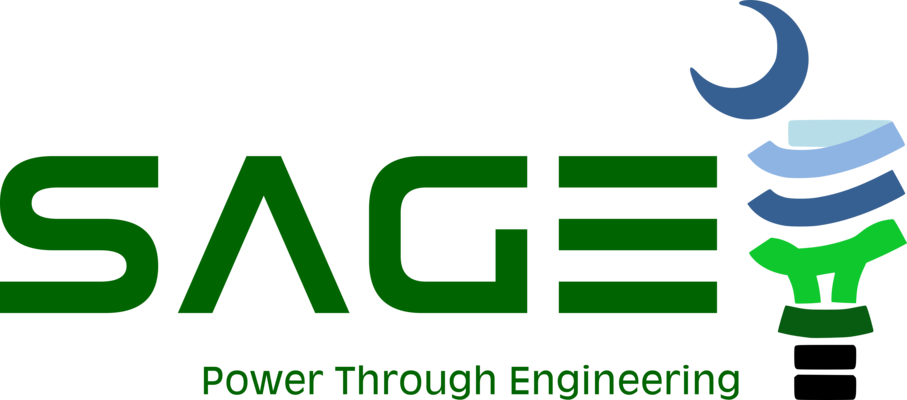Abstract
Tri-reforming of methane (TRM) produces syngas by directly utilizing flue gas from a fossil fuel-fired power plant without requiring post-combustion CO2 separation. In this work, different yolk sizes of a NiCe@SiO2 multi–yolk–shell nanotube catalyst were prepared and their catalytic properties were evaluated at different oxidizer (CO2 + H2O + O2) to methane (O/M) feed ratios for TRM. The NiCe@SiO2 multi–yolk–shell nanotube catalyst can exhibit longer stability than the conventional NiCe/SiO2Imp catalyst synthesized by impregnation method due to its controlled morphology and synergetic interactions of Ni–Ce and Ni–Si species. At a low O/M feed ratio of 1.0, NiCe@SiO2 with smaller yolks (< 20 nm) shows higher resistance to carbon deposition than NiCe@SiO2 with larger yolks due to the facile oxidation of carbon. On the other hand, NiCe@SiO2 with larger yolks (> 30 nm) presents stable TRM activity at a high O/M feed ratio of 1.1, whereas NiCe@SiO2 consisting of smaller yolks deactivates. Deactivation of NiCe@SiO2 with smaller yolks can be explained by the re-oxidation of active Ni species, in which carbon formation and oxidation rates, and Ce3+/Ce4+ redox properties play a crucial role. Our results indicate that the NiCe@SiO2 multi–yolk–shell nanotube structures can provide high TRM activity, yet their structure should be tuned for stable performance by considering the yolk sizes and interaction of Ni–Ce species.

